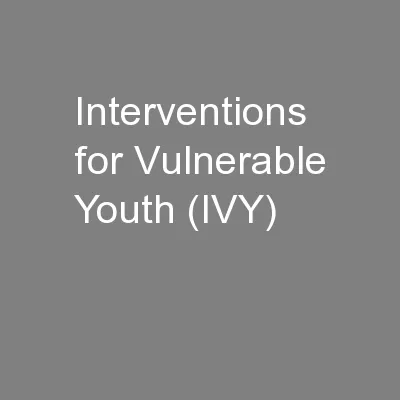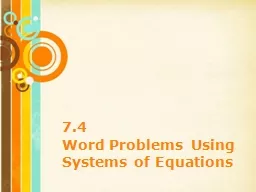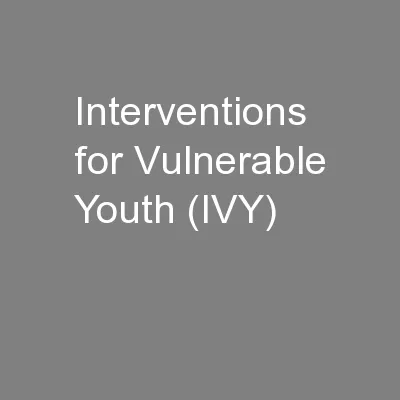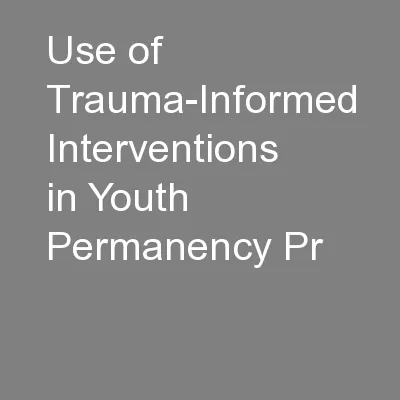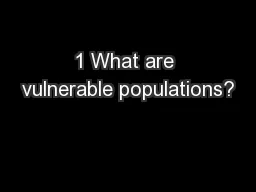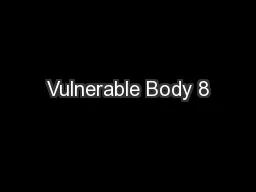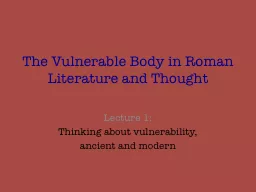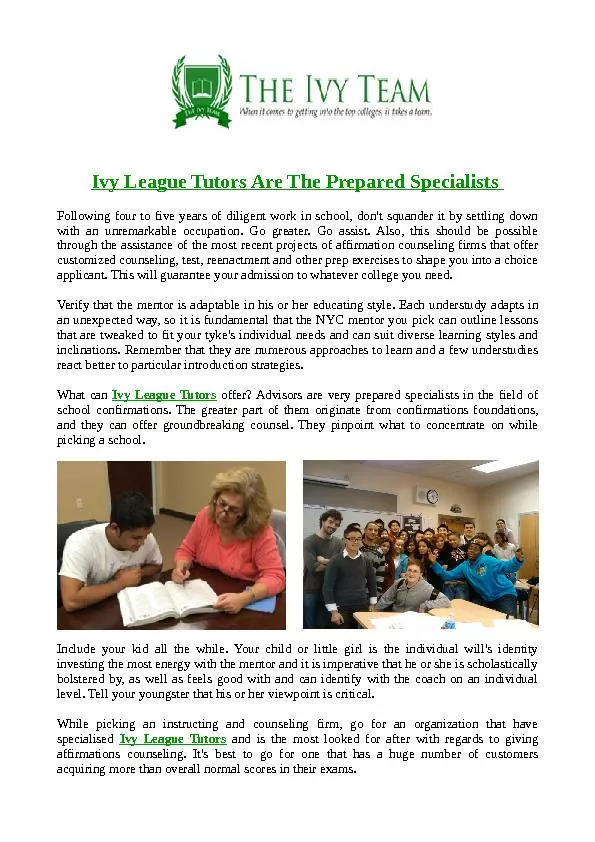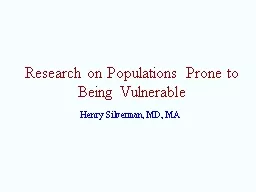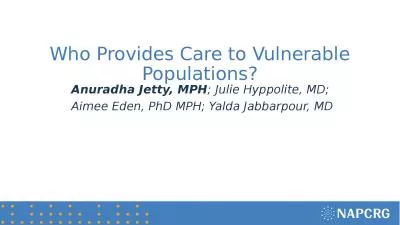PPT-Interventions for Vulnerable Youth (IVY)
Author : natalia-silvester | Published Date : 2016-05-17
DR LORRAINE JOHNSTONE Consultant Clinical and Forensic Psychologist Senior Research Fellow and Project Lead FIONA DYER Team Manager and CoLead DR LEANNE GREGORY
Presentation Embed Code
Download Presentation
Download Presentation The PPT/PDF document "Interventions for Vulnerable Youth (IVY)" is the property of its rightful owner. Permission is granted to download and print the materials on this website for personal, non-commercial use only, and to display it on your personal computer provided you do not modify the materials and that you retain all copyright notices contained in the materials. By downloading content from our website, you accept the terms of this agreement.
Interventions for Vulnerable Youth (IVY): Transcript
Download Rules Of Document
"Interventions for Vulnerable Youth (IVY)"The content belongs to its owner. You may download and print it for personal use, without modification, and keep all copyright notices. By downloading, you agree to these terms.
Related Documents

